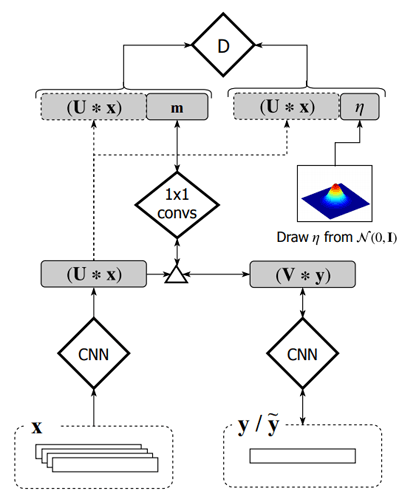
When researchers know that AIs can be taught to be play music, they have created many "musicians".
Among others, there is an AI capable of playing Death Metal to one that plays Jazz. Not to mention one AI that composes a Country song.
Things don't stop there, as Sony Computer Science Laboratories (CSL) in Paris, France, also wanted to experiment with AI by developing one that plays drums.
Called 'DrumNet', the AI can add some kick-drum beats to pre-existing songs, and make them more interesting.
Below are four originals created by the AI Headphones or good speakers are required to the examples, as the kick drums may not be audible otherwise.
According to the researchers' paper:
Using unsupervised learning of music dataset that consists of 665 Pop, Rock and Hip-Hop tracks, the AI is taught to learn patterns from rhythm instruments that include bass, kick and snare, which were all available as separate 44.1kHz audio tracks.
The researchers show that codes can indeed be sampled to create a variety of musically plausible kick-drum tracks, in which the model can be used to transfer kick-drum patterns from one song to another.
The result, is the AI in adding "musically plausible" beats invariant to tempo and time-shift.

In other words, DrumNet that is based on AI neural network, leaned how to play this klck-drum by understanding the patterns of rhythmic relationships between different instruments.
Detailing the tracks as the sequence of mapping code of kick vs. bass and snare inputs, the researchers said that:
After all the processing, researchers made the AI to play drum-kicks by placing a ‘one-shot’ drum sample at amplitude peaks.
The AI adjusts the generated beats in relation to existing tracks in a 16-dimensional style space, to make it sound as it it plays drums.
"Although the current work is limited in the sense that the model has only been demonstrated for kick drum track generation, we believe this approach is applicable to other content," said the researchers.
But here, "the goal is not to replace musicians, but to provide them with better tools to be more efficient in realizing their creative ideas."